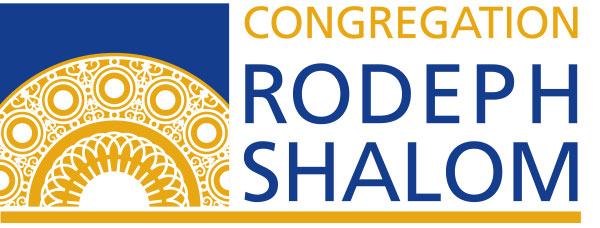written by Michael Hauptman
Language and Architecture – two of humankind’s most creative expressions – when combined as an inscription on a building, provide a window into the minds and souls of the people who built it more clearly than either can do on its own. The specific passage, the font selection, the placement of the words on the building and, most importantly, the permanence of those words convey a message over decades — and even centuries — that the architecture by itself cannot fully achieve.
Inscriptions have been carved into buildings for millennia. The Romans memorialized events and glorified leaders who otherwise may have been forgotten by history despite the endurance of their ruins. In the modern era, the Beaux Arts architects of the Guilded Age understood how romanticized verbal expression chiseled into their designs could elevate the monumentality of their architecture. Who isn’t moved by the quote on New York’s imposing post office that raises the ordinary postal worker to the level of national hero? The block-long Corinthian colonnade can’t tell that story by itself. Art Deco architecture of the Twenties and Thirties incorporated stylized words along with sculpture and painting as design elements evocative of events of their time. Our own 1928 façade quotes Isaiah: “My house shall be called a house of prayer for all peoples“ an inscription found over the doors of many synagogues. Perhaps it was meant to send a welcoming message that our architecture did not.
Our new addition gives us an opportunity to put on a fresh face. The design was meant to be more transparent, more vibrant and more part of our community. The architecture will speak to who were are now as a congregation and how we have evolved over the past 85 years from an insular community to an outward-looking center for Jewish life in Philadelphia. When a congregant recently suggested that we include an inscription on our new Broad Street façade, the idea was embraced as an opportunity not only to express our ideals beyond what our building says about us, but to engage the congregation in an exercise that teaches us something about Judaism and about ourselves.
Rabbi Maderer led an inclusive process that solicited suggestions from the congregation through articles in the Bulletin and on the RS website. The resulting list was vetted by the other members of the clergy and then was opened to lively discussions in a Torah Study format that encouraged participation by all who wanted to weigh in. Some of the choices, as one would expect, were controversial, and after much fascinating debate and one round of going back to the drawing board, a favorite emerged which was unanimously approved by the officers.
When our new addition is completed next spring, the few simple words from Pirke Avot will grace the Broad Street façade: Ohev shalom v’rodeph shalom – Love peace and pursue it.
Not only does it include our name (with a nod to Beth Avahah), but it provides a glimpse into our values as a community. It will, for as long as our building stands, tell those who pass by what was meaningful to this congregation. And it will allow our grandchildren and great-grandchildren to hear the voice of the people who built their synagogue, all the way from the beginning of the 21st century.
